Recently, the Fujifilm X-E5 has hit the market. However, similar to the situation with the X-Half series, the premium for the first batch is not as high as expected.
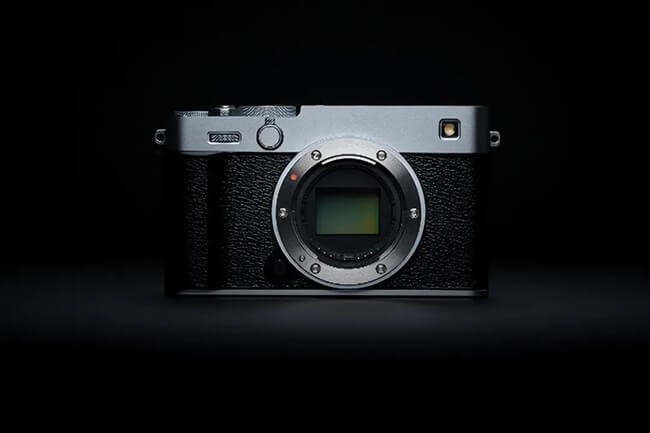
So, why isn't the X-E5 as popular this time? There are several reasons:
- First, the competitors are strong. For example, the Nikon Z5 II, priced similarly, is a full-frame camera.
- Second, various manufacturers have offered a wealth of filters and film textures. Although they are not as well-known as Fujifilm's film, the effects are still good.
- Third, Fujifilm has launched many APS-C cameras, and a large number of people have bought the recent X-M5. As a result, people may have developed aesthetic fatigue.
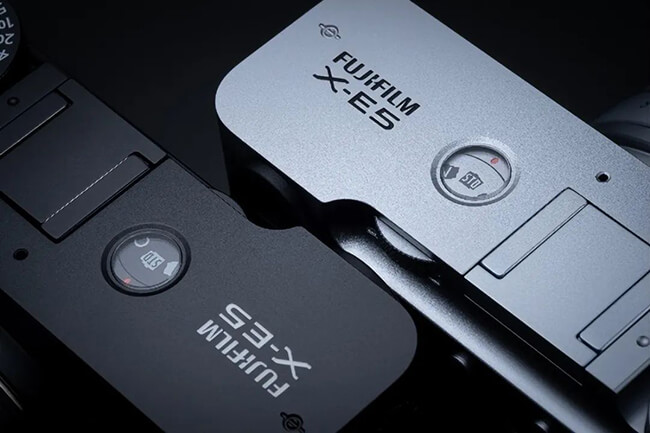
But actually, the X-E5 is quite good. If you have seen its design, you will think that it reasonably should be more expensive than the Sony A6700 and others, which is quite reasonable.
The X-E5 is equipped with an X-Trans CMOS 5 HR sensor with 40.2 million pixels and a back-illuminated structure. The image processor is the X-Processor 5, which has a fast processing speed.
It adopts a 5-axis IBIS (Image Stabilization System) for anti-shake. The central area has an improved anti-shake effect of 7.0 stops, and the edge area achieves a compensation effect of 6.0 stops.
It features 425-point intelligent hybrid autofocus, a 0.39-inch 3.69-megapixel OLED EVF, and a 3-inch tilting touchscreen with 1.04 million pixels, which is a bit low because the Z5 II has 2.1 million pixels. The electronic shutter speed is 20 frames per second, and the mechanical shutter speed is 15 frames per second.
Video recording supports 6.2K30p (4:2:2 10-bit) and also 4K60p. It uses a purely machined aluminum top cover for the first time, weighs 445 grams, and has an SD card slot.
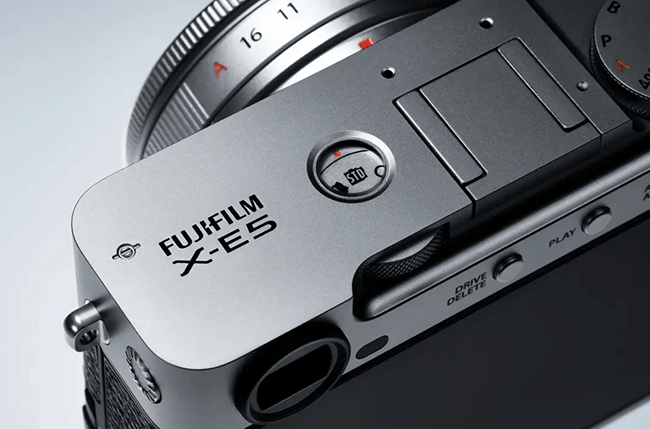
It has a distinctive film simulation dial, which is placed inside the top cover, giving a strong sense of ritual.
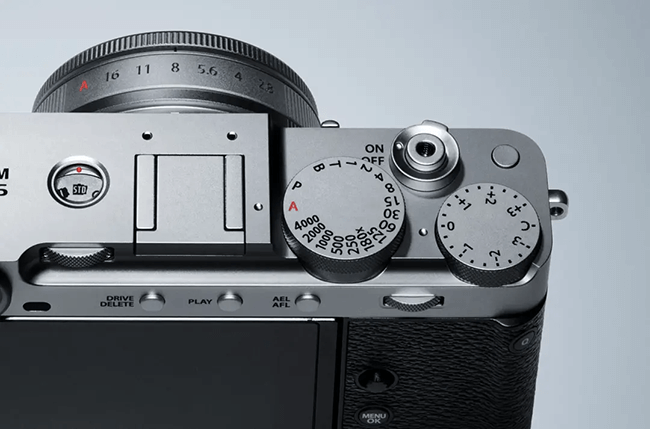
It also has a shutter dial, an exposure compensation dial, and front and rear control wheels, making operation convenient.
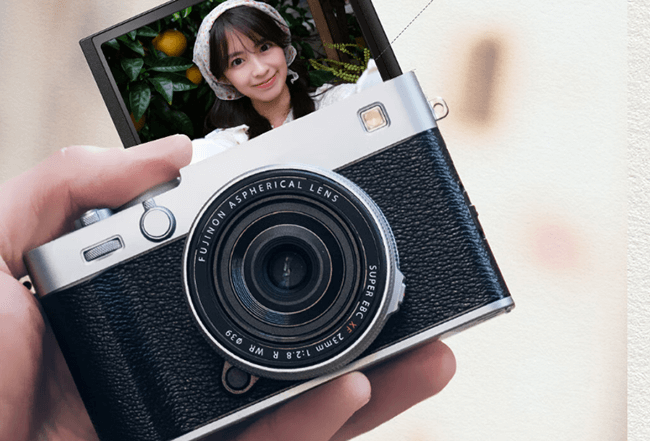
There is also a multi-function control lever on the front side, which can realize five adjustments: pressing, short left shift, long left shift, short right shift, and long right shift.
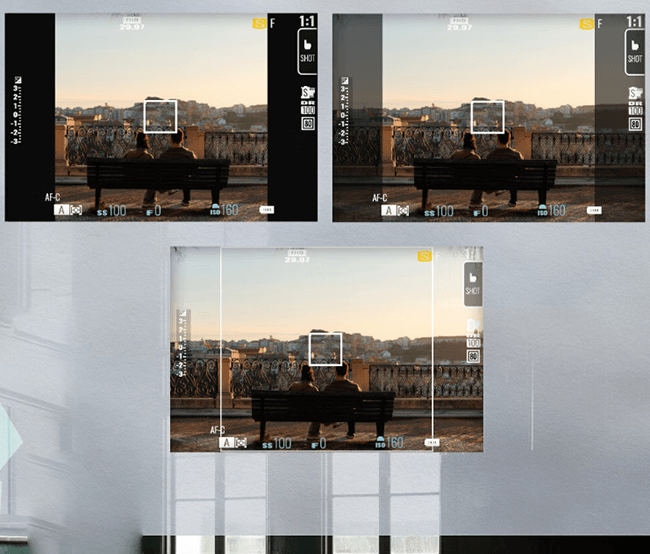
The EVF also has a surround view function. According to the aspect ratio, the area outside the shooting range can be displayed in the form of a translucent view or composition reference lines, achieving a sense of composition beauty.
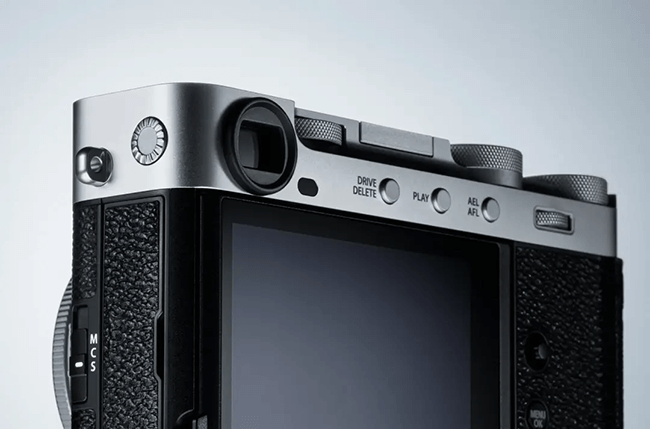
Coupled with its side-mounted EVF, it can achieve a very ritualistic shooting posture.
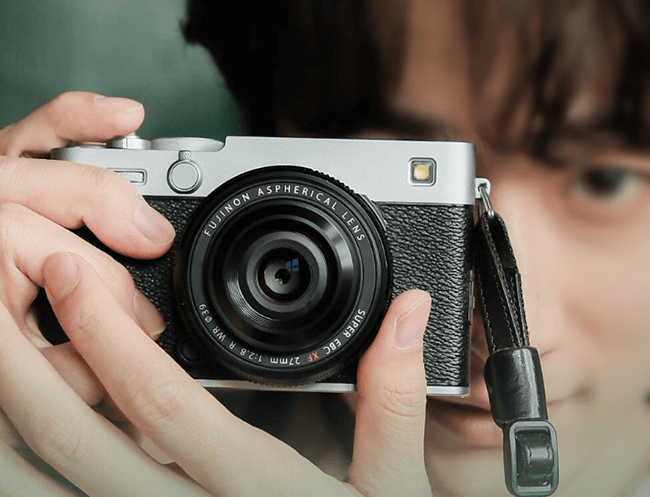
This is the posture, with the left and right eyes having different roles to determine focusing and composition.
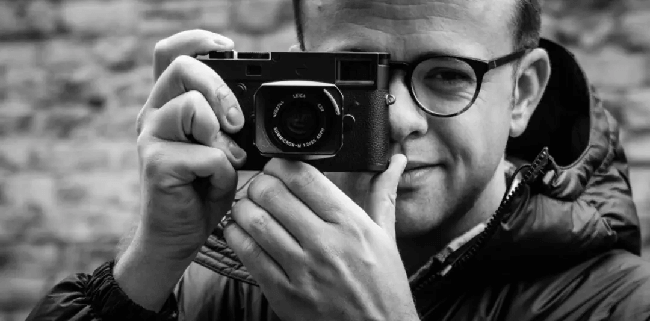
This posture was very famous in Leica cameras in the past and has a strong professional symbolism.
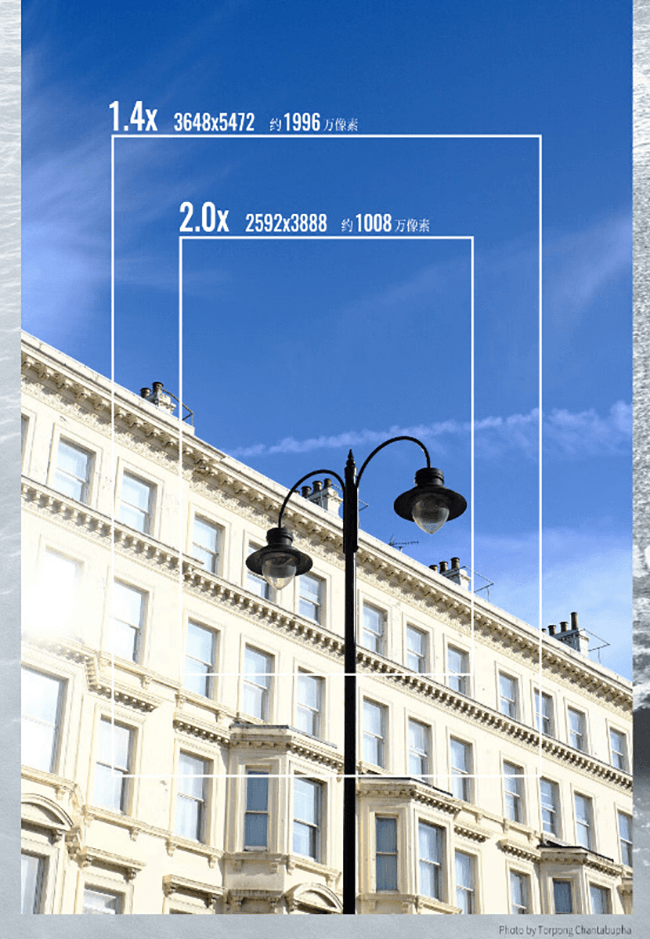
It also supports 1.4X and 2X cropping. At 1.4X cropping, it has approximately 20 million pixels; at 2X cropping, it has 10 million pixels, which is 1/4 of the original size. It has to be said that large pixels still have advantages because some APS-C cameras only have 21 million pixels.
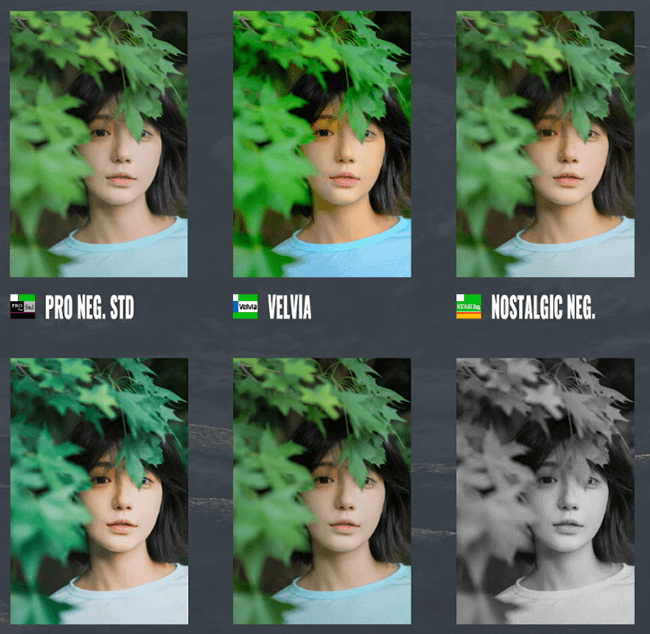
In addition, it is equipped with a variety of filter film simulations, which, combined with the new dial, provide a more convenient experience.
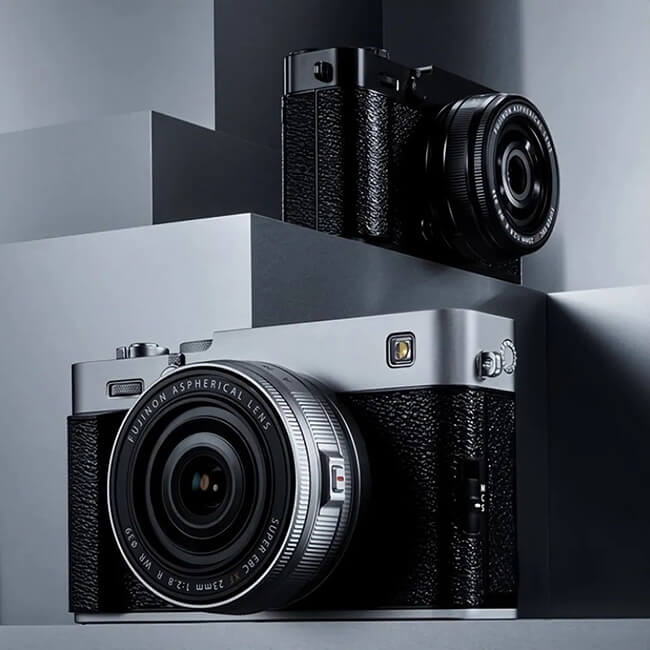
Overall, in terms of the lever and panel design, it has borrowed from the design of the X100VI, thus achieving a new generation of Fujifilm mirrorless camera experience.
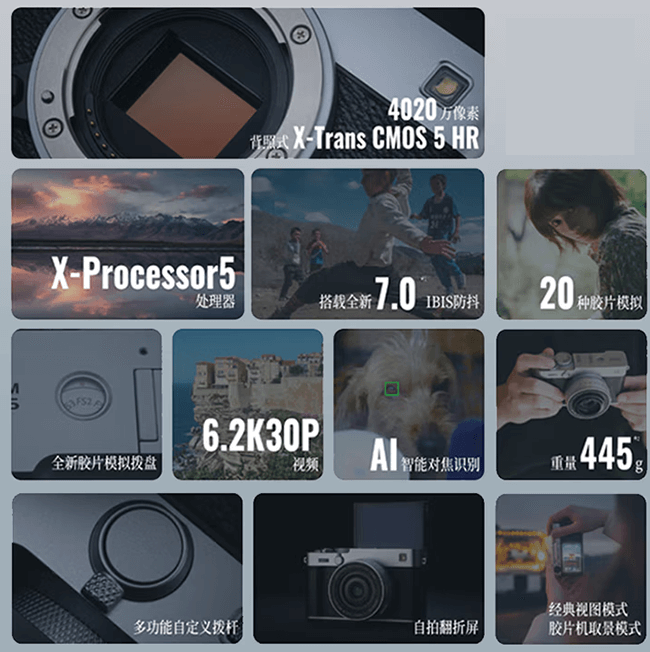
The rich functions also help Fujifilm incorporate the latest technology and modern aesthetics while inheriting the classic camera design philosophy.
From this perspective, this X-E5 is also a very carefully crafted product. But the efforts of competitors are also very obvious. Therefore, facing the continuously lowered prices of competitors, the X-E5 cannot have a high premium this time, which is also a good thing for consumers.
Related Tags: Fujifilm
